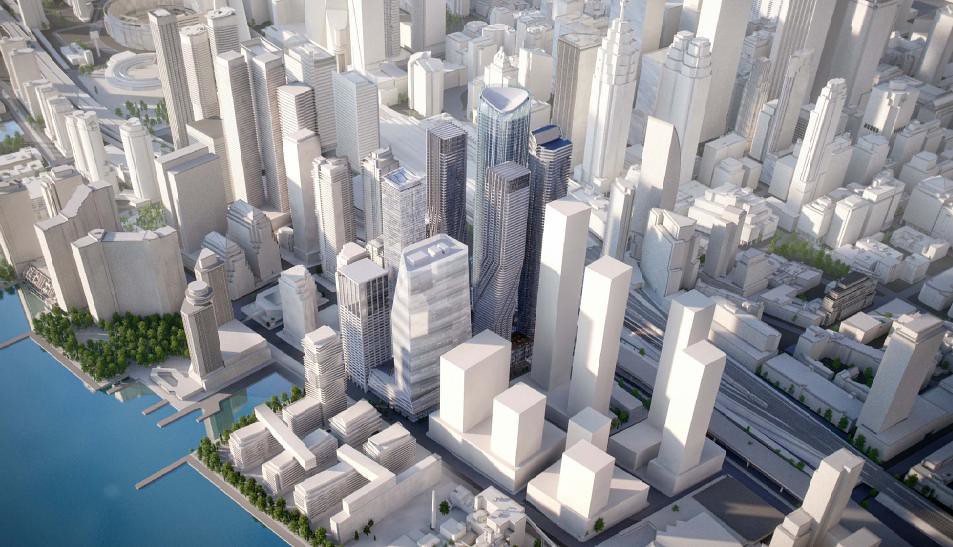RC8
Senior Member
A significant portion of New York City have height and dynamism, and is viable in the long term due to the intensity of local activity. These characteristics need not be mutually exclusive - they are dependent upon the urban context in which they exist.
There's very few (if any) residential towers in NY as high and as close together as they are being built and/or proposed in this part of Toronto.
Except these are not stand-alone towers, nor does these towers preclude other, differently scaled neighbourhoods from being constructed in the city. It's not an "either or" you've made it out to be.
That's what they said when they approved TIFF Bell Lightbox in the entertainment district, and it effectively proved to be a go-ahead for developers trying to equal the height of that tower.
Perhaps, but would you call Hong Kong an example of uncreative retail that "fails to unleash the benefits of the added density above"? Furthermore, do you think that this prime site, if built to "human scale", would create anything but even bigger pressures to be immediately successful and catering to all but the most affluent (think Central Paris)?
I haven't been to Hong Kong, but it definitely seems like the case, yes. My friend desperately wants to start a pub in HK because he says that the whole place is pretty much under-served by retail - unfortunately for him start-up costs are astronomical.
I think we are so far away from a Central Paris type of situation we don't need to worry about it at all at this stage.
All I'm advocating for is to use the current demand for units to build functional neighbourhoods that can be re-adapted in the future for larger families, etc. Building these towers as proposed, I believe - and willing to bet on it - will just serve a transient demographic who will inevitably become disenfranchised with the overcrowded high-stress lifestyle they provide.
Except that increasing retail without the density at a high cost site ultimately produces high risk of business failures - like, just how would you create "independently owned retail units" who can at the same time afford exorbitant rent in a successful downtown neighbourhood?
By having longer retail strips with more units it is possible to earmark more retail spots as mandatory non-franchised businesses. It's been done in places and works pretty well. It also helps surrounding chains by turning the neighbourhood into more of a destination.
If the number of people/retail is higher stake-holders are much less likely to agree to such solutions.
You can always put more retail indoors or underground, but that sort of ambiance is more conducive to depression than to a vibrant healthy community.
